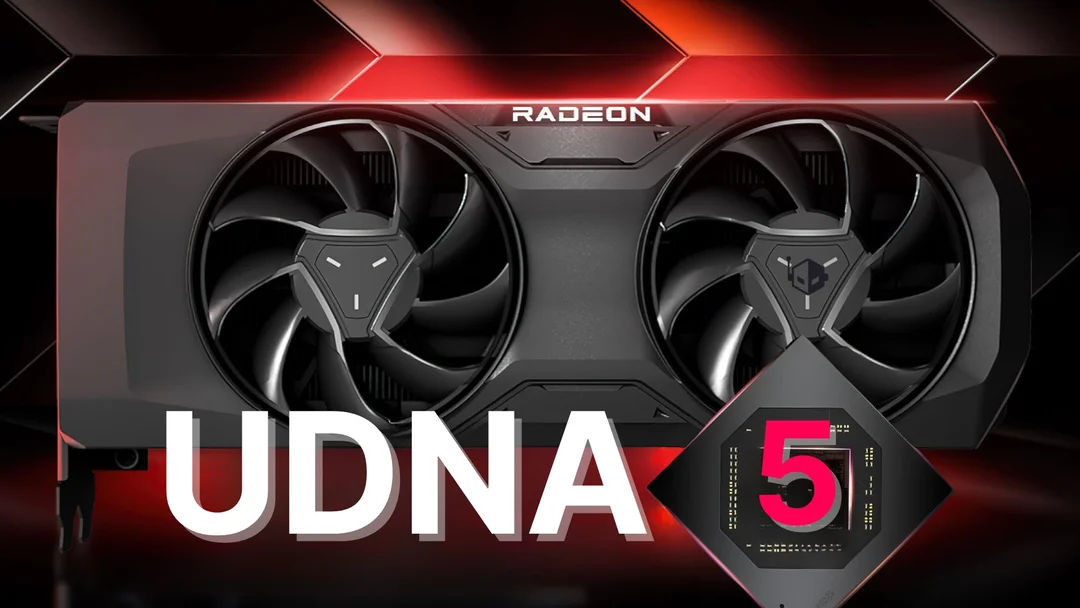
AMD Aims to Dethrone NVIDIA in 2025: Ray Tracing, AI, and Competitive Pricing
AMD is gearing up for a major showdown with NVIDIA in 2025, aiming to disrupt the GPU market with advancements in ray tracing, AI acceleration, and a focus on competitive pricing. The company is leaving no stone unturned in its quest to gain a larger share of both the gaming and AI sectors. Let's delve into the key strategies and technologies AMD is betting on to challenge NVIDIA's dominance.
RDNA 4 and RX 9000 Series: A New Naming Era

One of the most noticeable changes is AMD's streamlined naming convention. The Radeon RX 9000 series simplifies product identification, making it easier for consumers to understand performance tiers. The RX 9070 XT and RX 9070, the first RDNA 4-powered GPUs, mark the beginning of this new era, offering a clear and understandable hierarchy for consumers.
Ray Tracing Parity? AMD's UDNA 5 Aims High
A series of patent filings suggest that AMD is significantly improving its ray-tracing capabilities with the next-gen "UDNA 5" GPUs. According to Redditor @MrMPFR, AMD could achieve ray-tracing performance parity with NVIDIA's Blackwell GPU lineup, marking a potential "Maxwell moment" for Team Red. This focus isn't just for the PC market; AMD also needs to ensure adequate performance for Sony's PlayStation consoles, where ray tracing plays a vital role.
FidelityFX Super Resolution 4 (FSR 4): AI Upscaling to Compete with DLSS

AMD is also pushing hard into AI-augmented gaming with FidelityFX Super Resolution (FSR) 4, a machine learning-powered upgrade to its upscaling tech. Launching with support in over 30 games, FSR 4 aims to directly challenge NVIDIA's DLSS 3.5 ecosystem by offering better temporal stability, sharper detail reconstruction, and reduced ghosting and artifacts. AMD plans to unveil significant FSR 4 partnerships at Computex, potentially leveling the playing field in terms of gaming support.
AI Hardware and Software: The Instinct Line and ROCm
While RDNA 4 powers AMD's consumer GPUs, the Instinct line, powered by CDNA architecture, targets enterprise-grade AI, HPC, and deep learning workloads. The upcoming MI350 Series, based on CDNA 4 architecture, promises a significant boost in inference performance. To complement its hardware, AMD is developing ROCm, its open software stack for compute and AI, along with tools like AITER (AI Tensor Engine for ROCm) and a GPU Operator for simplified Kubernetes deployment.
Competitive Pricing: Targeting Value Per Dollar
AMD is employing a deliberate strategy of competitive pricing. The RX 9070 XT is priced at $599 and the RX 9070 at $549. By offering high-end specs at lower price points, AMD aims to attract consumers looking for value per watt and dollar. AMD aims to simplify product selection for gaming and content creation making it easier for consumers to identify products that meet their needs.
Challenges Ahead
Despite these aggressive moves, AMD faces significant challenges. NVIDIA continues to dominate the high-end segments, particularly in AI applications. The success of AMD's strategy hinges on whether developers and enterprises adopt ROCm and the Instinct line in meaningful numbers.
In conclusion, AMD's 2025 GPU strategy is multifaceted, encompassing architectural improvements, advanced technologies like ray tracing and AI upscaling, and a focus on competitive pricing. Whether these efforts will be enough to dethrone NVIDIA remains to be seen, but one thing is clear: the GPU landscape is about to get a lot more interesting.
What are your thoughts on AMD's chances against NVIDIA? Which features are you most excited about? Share your opinions in the comments below!